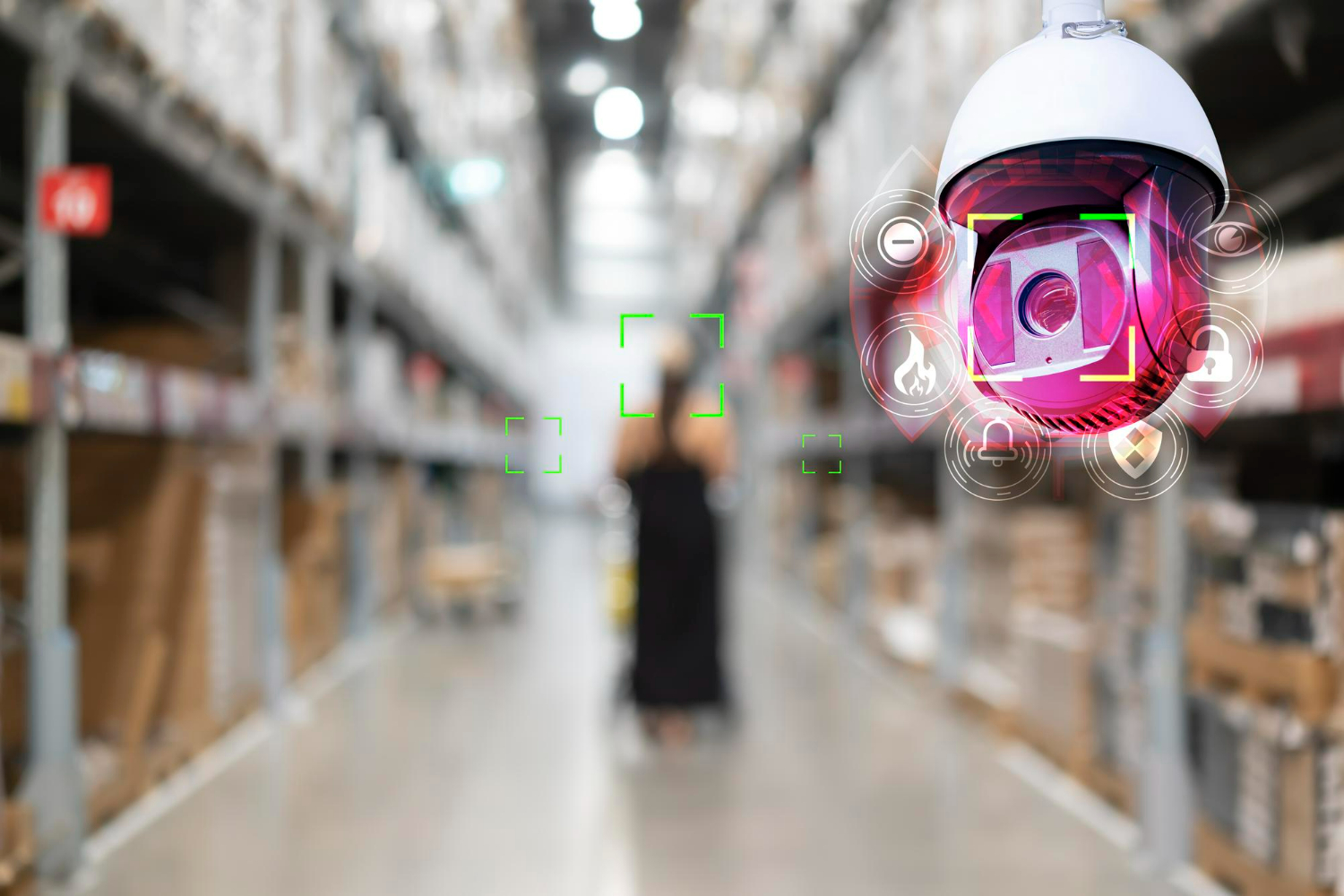Edge AI for Computer Vision: What Industry Needs to Know About Optimizing Operations with Edge Computer Vision
In today's fast-paced and competitive landscape, optimizing operations is crucial for success. With the advent of cutting-edge technologies like Edge Computer Vision, businesses can gain a significant advantage by leveraging real-time data analysis and decision-making. In this article, we will explore what industries need to know about optimizing operations with Edge Computer Vision and how this transformative technology can propel their growth.
Understanding Edge AI and Computer Vision
What is Edge AI?
Edge AI, also known as edge computing, refers to the concept of bringing artificial intelligence (AI) capabilities closer to the data source, rather than relying solely on a centralized cloud server. By processing data locally at the edge of the network, near the devices or sensors generating the data, Edge AI enables real-time decision-making and reduces latency. This decentralized approach offers numerous advantages, especially in scenarios where low latency and high bandwidth are crucial.
What is Computer Vision?
Computer Vision is a field of AI that focuses on enabling machines to interpret and understand visual information from images or video. By leveraging sophisticated algorithms and deep learning techniques, Computer Vision enables machines to perform tasks that traditionally require human visual perception, such as object detection, recognition, tracking, and analysis. The applications of Computer Vision are vast and can be tailored to meet industry-specific needs.
The Benefits of Edge Computer Vision in Industry
Edge Computer Vision combines the power of Edge AI and Computer Vision to deliver transformative benefits to various industries. Let's explore some of the key advantages:
Real-time Decision-making
By processing visual data at the edge, Edge Computer Vision enables real-time decision-making without relying on a centralized cloud server. This real-time capability is crucial in industries where timely actions can prevent costly issues, reduce downtime, and improve overall efficiency. Whether it's monitoring production lines for defects or detecting anomalies in critical infrastructure, Edge Computer Vision empowers businesses to take immediate corrective actions.
Reduced Latency
Latency, the delay between data capture and analysis, can hinder critical decision-making processes. With Edge Computer Vision, latency is significantly reduced since data is processed locally, minimizing the need for data transfer to the cloud and back. This low-latency environment empowers industries to detect and address issues promptly, improving operational responsiveness.
Enhanced Privacy and Security
Privacy and security are paramount concerns for industries handling sensitive data. Edge Computer Vision addresses these concerns by keeping data local and minimizing the need for data transmission to the cloud. This approach reduces the risk of data breaches and ensures that critical information remains within the confines of the organization's infrastructure. Industries can maintain control over their data and protect sensitive information effectively.
Bandwidth Optimization
Transmitting large volumes of visual data to the cloud for processing can strain network bandwidth and lead to increased costs. Edge Computer Vision overcomes this challenge by performing data processing and analysis at the edge, where only relevant information is transmitted to the cloud. By optimizing bandwidth usage, industries can reduce operational expenses and improve network efficiency.

Use Cases of Edge Computer Vision in Industry
The applications of Edge Computer Vision across industries are diverse and offer significant value across various operational aspects. Let's explore a few notable use cases:
Quality Control and Defect Detection
Ensuring product quality and detecting defects is a critical aspect of many industries. Edge Computer Vision can be employed to automate quality control processes by analyzing real-time visual data. Advanced algorithms can identify defects, anomalies, and deviations from expected standards, enabling industries to take immediate corrective actions and maintain high-quality standards.
Surveillance and Security
Maintaining a secure environment is crucial for industries such as retail, transportation, and manufacturing. Edge Computer Vision can enhance surveillance capabilities by analyzing live video feeds and detecting suspicious activities or unauthorized access in real-time. This proactive approach to security allows for an immediate response, minimizing potential threats and enhancing overall safety.
Autonomous Vehicles and Drones
The automotive and logistics industries are experiencing a transformation with the advent of autonomous vehicles and drones. Edge Computer Vision plays a vital role in enabling these technologies to navigate their surroundings, detect obstacles, and make informed decisions in real-time. By combining computer vision algorithms with Edge AI, industries can unlock the potential of autonomous systems and revolutionize transportation and logistics.
Smart Cities and Infrastructure
As cities become more connected and intelligent, Edge Computer Vision plays a crucial role in managing urban infrastructure efficiently. From traffic monitoring and optimization to waste management and public safety, computer vision algorithms deployed at the edge can capture and analyze visual data to improve the quality of life for citizens and optimize resource allocation.
Want to stay ahead of the curve in EDGE AI and Edge Computer Vision? replay " The Cutting- Edge of MLOps" webinar
Discover the latest trends and best practices in implementing Machine Learning (#ML) at the Edge, from optimization, and deployment to monitoring with OWKIN, APHERIS, MODZY, PICSELLIA, SELDON, HPE, NVIDIA and BARBARA . Learn how to:
🔒 Enhance Data Access, Security and Privacy through Federated Learning
💪 The tools, systems and structures you need to put in place for real-time AI
🚀 Improve model performance for Computer Vision
⚙️ Run successful Machine Learning Model Inference
💡 Optimize ML models for edge devices
🔒 Secure your ML models in the edge

Barbara, the Edge Platform for Computer Vision
Barbara Industrial Edge Platform helps organizations simplify and accelerate their Edge Computer Vision Apps deployments by building, orchestrating, and maintaining easily container-based or native applications across thousands of distributed edge nodes.
The most important data of the Industry starts ‘at the edge’ across thousands of IoT devices, industrial plants, and equipment machines. Discover how to turn data into real-time insight and actions, with the most efficient and zero-touch platform.
If you want to scale your Edge Apps at scale, request a demonstration.
.png)



.jpg)





